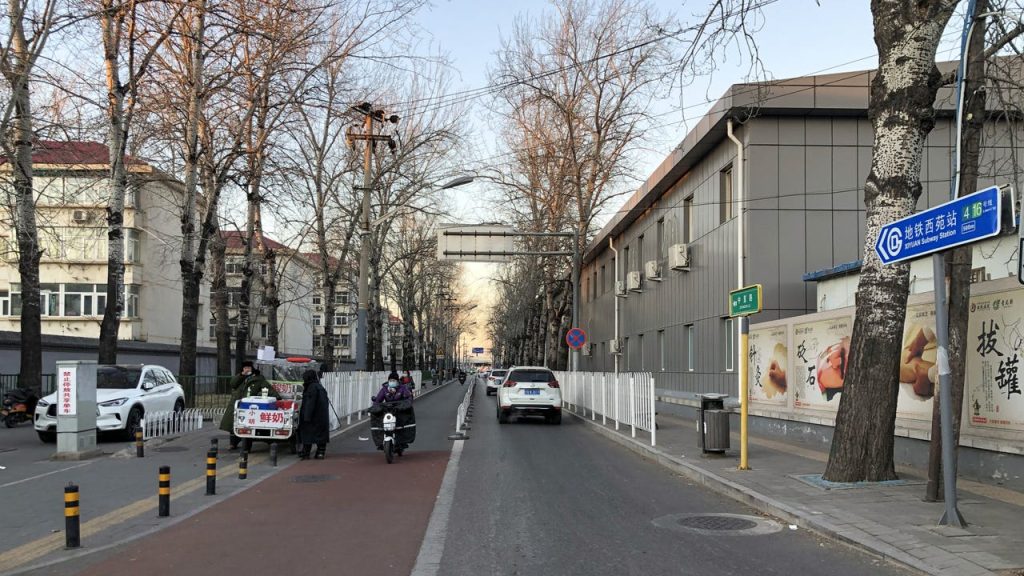Chinese Gov’t Fronts Trick the West to Obtain Cyber Tech
Summary
Recorded Future’s investigation spotlights a little-known Beijing research network — the Beijing Institute of Electronics Technology and Application (BEITA), its commercial arm Beijing Sanxin Times Technology Co., Ltd. (CIII), and academic affiliate the University of International Relations (UIR) — that appear tightly linked to China’s Ministry of State Security (MSS). The organisations operate with the outward appearance of independent research and commercial entities while sharing personnel and proximity with MSS facilities at the Yidongyuan compound.
BEITA’s publicly visible research focuses heavily on communications and information-security topics, notably steganography. CIII presents itself as a commercial agent bringing Western technologies into China, but Recorded Future assesses it likely acts as a conduit for state access to specialised cyber, military and intelligence-related technologies. While direct operational links to specific APT campaigns remain unproven, the pipeline from research to potential operational use is plausible and concerning.
Key Points
- BEITA, CIII and UIR exhibit organisational and personnel overlap with the Ministry of State Security, operating as apparent front organisations.
- BEITA’s published research heavily emphasises steganography and communications — techniques long used by Chinese APTs for covert malware delivery.
- CIII advertises services as an agent for Western vendors, potentially funneling specialised tools and hardware into Chinese state programmes.
- Researchers from BEITA have collaborated with Western academics, which may have unintentionally exposed advanced techniques to state-aligned programmes.
- Recorded Future cautions there is no direct, publicly verifiable line from BEITA research to specific APT operations, but assesses a credible pipeline for research to be incorporated into state operational solutions.
- The situation highlights gaps in export oversight: controls target specific technologies rather than intermediary sales methods or end users, complicating risk management for vendors.
Why should I read this?
Short answer: because it shows how seemingly harmless research and commercial ties can become a back door for state intelligence. If you buy, sell or research niche cyber tools, or you work in threat intel or procurement, this piece tells you where to look and why you might want to tighten your checks. We’ve skimmed the report so you don’t have to — it’s a practical warning about supply chains and academic collaborations turning into tech pipelines for state actors.
Context and Relevance
This report sits squarely in ongoing concerns over technology transfer, military-civil fusion and state-directed acquisition of foreign know‑how. Steganography has been a persistent tool in advanced persistent threat toolkits; BEITA’s publication record on the subject aligns with historical APT techniques and raises plausible risks that research outputs could be repurposed for covert operations. For vendors, universities and governments, the story underlines the need for stronger due diligence on partners, intermediaries and end‑use, and a broader view of export controls that considers sales channels as well as specific products.
Source
Source: https://www.darkreading.com/threat-intelligence/chinese-govts-fronts-cyber-tech

